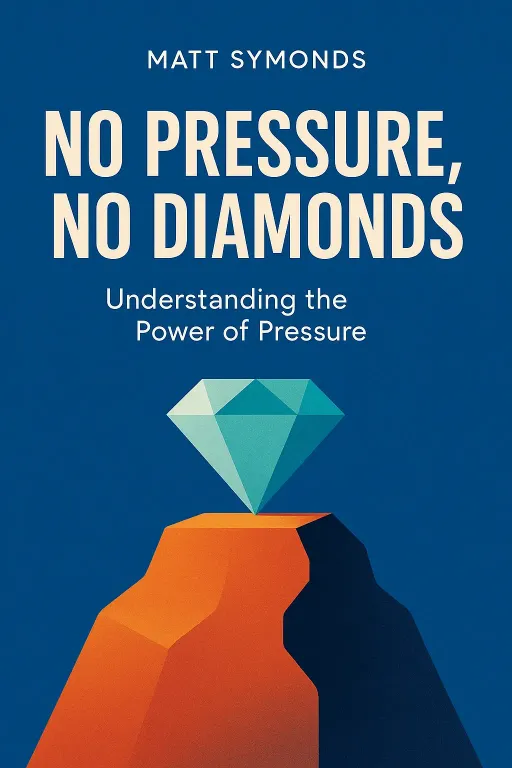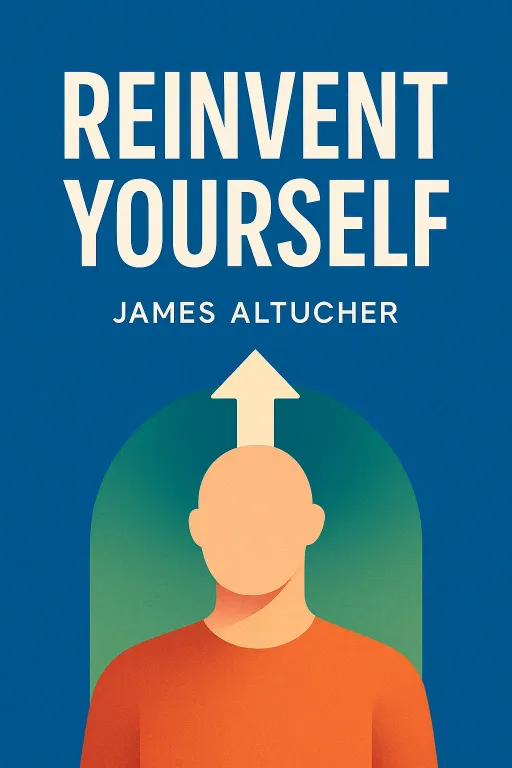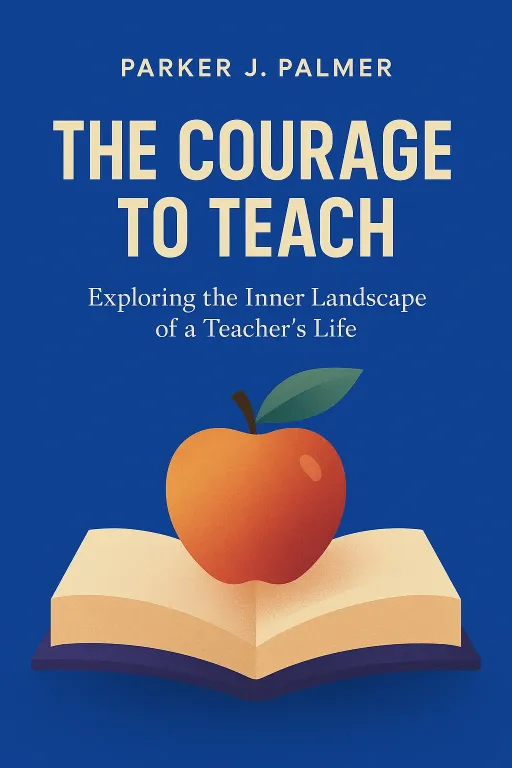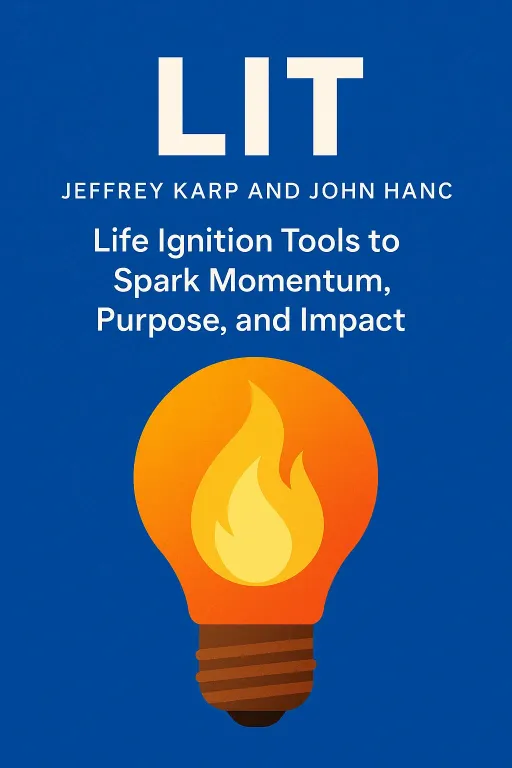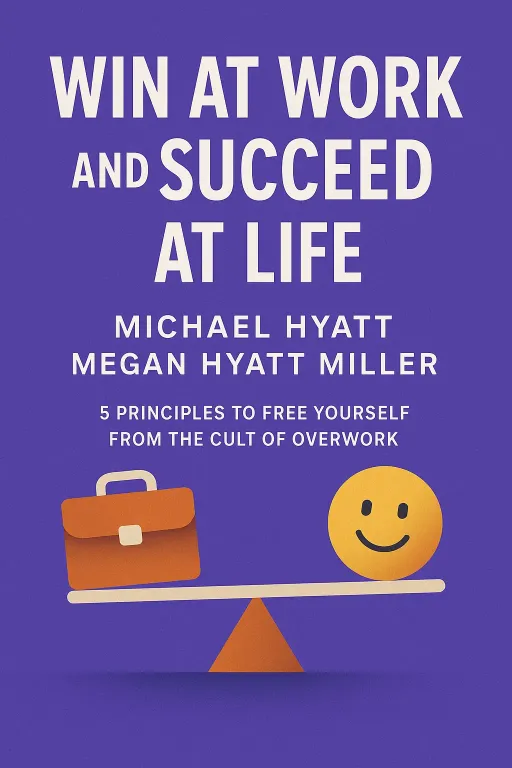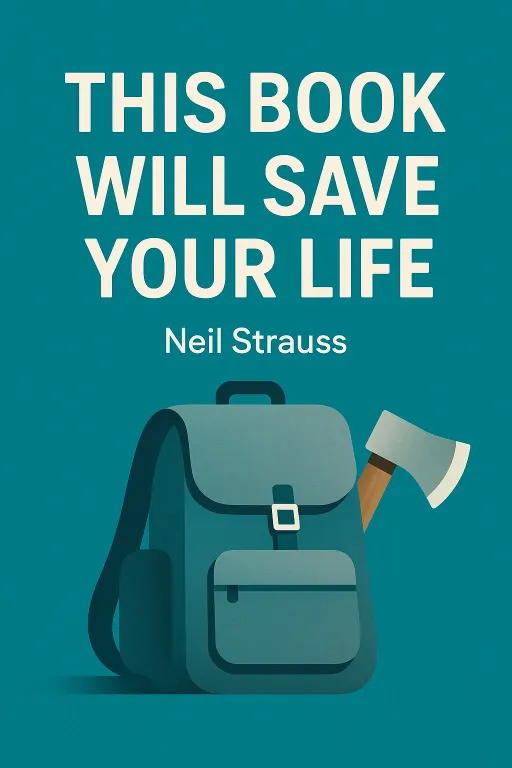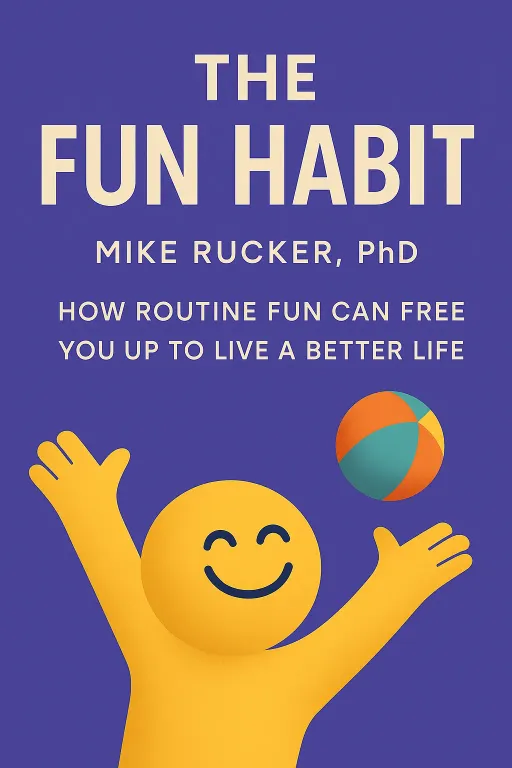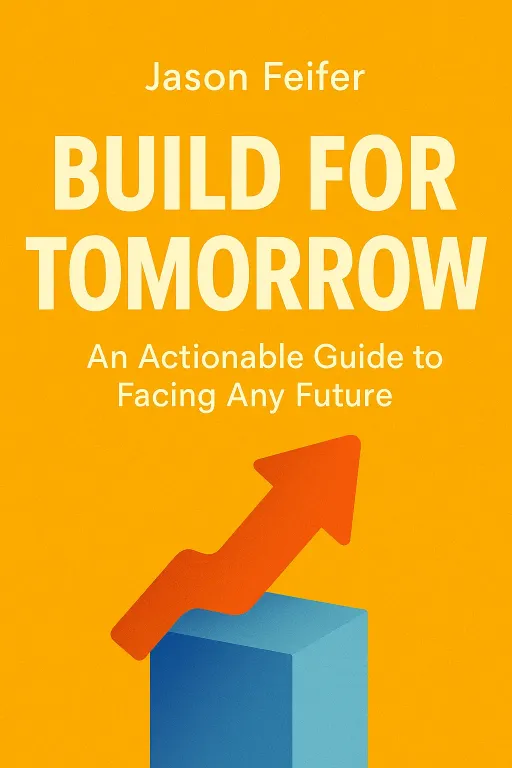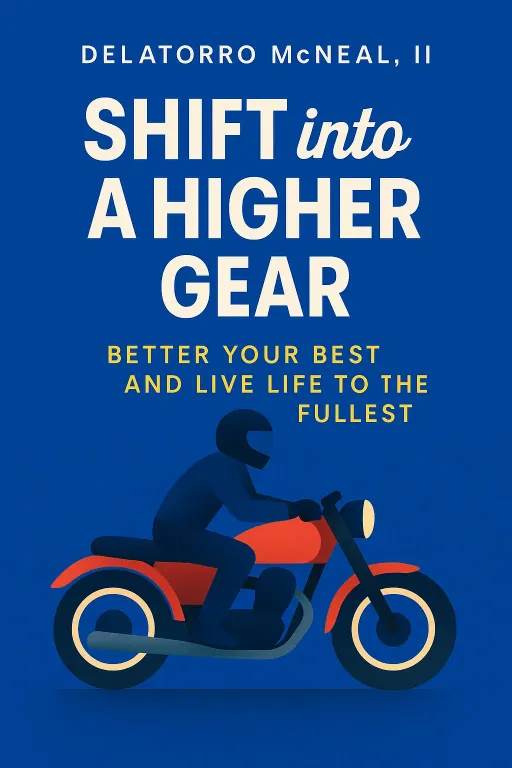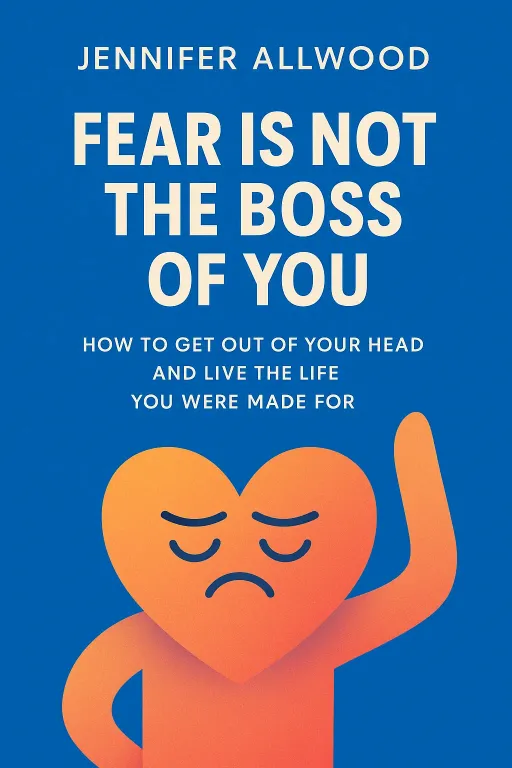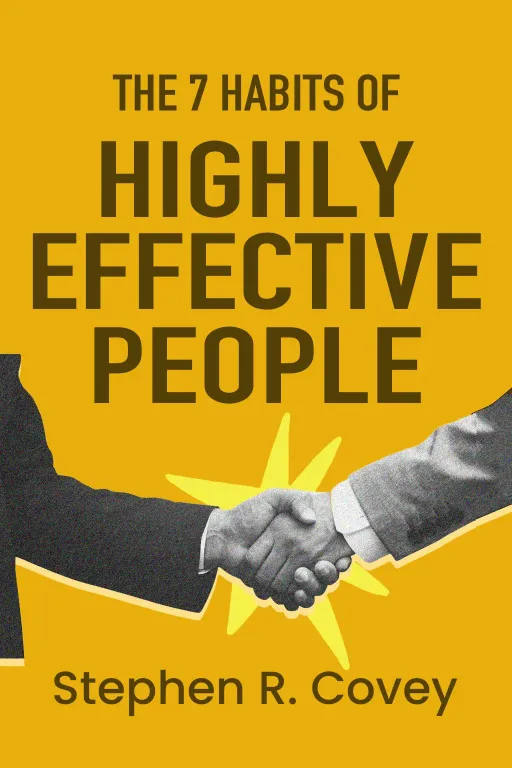
The Effectiveness Blueprint: Architecting Your Life with First Principles
12 minGolden Hook & Introduction
SECTION
Socrates: Portia, you're in tech, an industry obsessed with optimization. We optimize code, user funnels, server loads... but how often do we stop to optimize the very operating system running our own lives? Most self-help feels like applying a software patch—a quick fix for a surface-level bug. But what if the real problem is deeper, in the core architecture of our character?
Portia: That's a powerful analogy, Socrates. It's the difference between treating the symptom and curing the disease. A patch might stop the immediate bleeding, but it doesn't address the underlying vulnerability in the system. Eventually, it will crash again, probably at the worst possible moment.
Socrates: Precisely. And that's why today, we're diving into Stephen Covey's 'The Seven Habits of Highly Effective People' to explore that very question. This book isn't about quick fixes. It's a blueprint for a total architectural overhaul. We'll tackle this from two angles. First, we'll explore the foundational idea of an 'Inside-Out' revolution—upgrading your personal operating system.
Portia: I like that. Moving from a buggy, legacy system to a clean, principle-based architecture.
Socrates: Exactly. Then, we'll get intensely practical and discuss how to manage your time like a CEO, focusing on the one quadrant that separates the effective from the merely busy. So, are you ready to look under the hood?
Portia: Let's do it. I'm ready to decompile.
Deep Dive into Core Topic 1: The 'Inside-Out' Revolution
SECTION
Socrates: Excellent. Let's start with that core architecture. Covey calls it the 'Inside-Out' approach. He argues that for decades, the idea of success shifted from what he calls the 'Character Ethic'—things like integrity, humility, courage—to the 'Personality Ethic'—public image, skills, and techniques. The patches you mentioned.
Portia: Right, focusing on the user interface instead of the backend logic. It might look good, but it's not stable.
Socrates: Perfectly put. To show the power of shifting back to character, Covey tells a powerful story about a personal paradigm shift he experienced on a New York subway. Can I set the scene for you?
Portia: Please.
Socrates: It's a quiet Sunday morning. The subway car is peaceful. People are reading, resting, lost in thought. At one stop, a man gets on with his children. And immediately, the entire climate of the car changes. The kids are yelling, throwing things, grabbing people's papers. It's total chaos. Yet the father just sits there, eyes closed, seemingly oblivious. You can feel the tension in the car rising. Everyone is irritated, but no one says anything.
Portia: I can feel my own irritation just hearing this.
Socrates: Covey, too. He can't believe the man's insensitivity. So finally, in what he feels is a patient and restrained way, he leans over and says, "Sir, your children are really disturbing a lot of people. I wonder if you couldn't control them a little more?" The man lifts his gaze as if coming out of a daze and says softly, "Oh, you're right. I guess I should do something about it. We just came from the hospital where their mother died about an hour ago. I don't know what to think, and I guess they don't know how to handle it either."
Portia: Wow. Okay. That... changes everything.
Socrates: In that moment, Portia, nothing external changed. The kids were still loud. But Covey's entire world flipped. What does that tell you about where true change begins?
Portia: It tells me that our 'reality' is just an interpretation. In tech, we call this the model-view-controller pattern. The 'model' is the raw data—the facts of the situation. The 'view' is how we present it to ourselves. Covey's initial 'view' was 'inconsiderate father, unruly kids.' But when the 'model' was updated with new, critical data—the mother's death—his 'view' was forcibly re-rendered. He didn't change his behavior; his entire internal paradigm was replaced.
Socrates: A forced re-rendering. I love that. His anger and judgment vanished, replaced instantly by sympathy and compassion. And this is the core of Habit 1, 'Be Proactive.' It's recognizing that between the stimulus—the loud kids—and our response, there is a space. In that space is our freedom to choose. We can rewrite our own code, instead of being a deterministic script run by our environment.
Portia: So proactivity isn't just about taking initiative. It's about taking responsibility for our own internal state, for the 'view' we choose to render.
Socrates: Yes. And this leads directly to Habit 2, 'Begin with the End in Mind.' If you are the programmer of your life, what is the ultimate function you're trying to build? What's the purpose of the whole program?
Portia: That's the ultimate spec document, isn't it? Before you write a single line of code for a major project, you have to know what success looks like. What are the non-negotiable outcomes? What's the definition of 'done'? Without that, you're just writing code in the dark.
Socrates: And Covey gives us a powerful, if unsettling, way to write that spec. He asks you to imagine your own funeral. You see your friends, your family, your colleagues. Four people are going to speak: a family member, a friend, a coworker, and someone from your community. What would you want them to say about you? What kind of character, what contributions, what achievements would you want them to remember?
Portia: That's a stark but incredibly effective way to define your core values. It cuts through all the noise of daily life. It forces you to ask, "What is this all for?" It's essentially asking you to write the eulogy for your own life's project, and then reverse-engineer your life to match it. That's a powerful, clarifying exercise for any leader, or any person, really.
Deep Dive into Core Topic 2: The CEO's Calendar
SECTION
Socrates: So once you've defined that 'end in mind,' that ultimate spec for your life, the question becomes one of execution. And this is where so many brilliant people fail. They have the vision, but they get trapped in what Covey calls the 'tyranny of the urgent.'
Portia: I know that tyranny well. It’s the default state of a fast-growing company.
Socrates: This brings us to Habit 3, 'Put First Things First,' and my favorite tool from the book: the Time Management Matrix. It’s a simple 2x2 grid. On one axis you have 'Urgent' and 'Not Urgent.' On the other, 'Important' and 'Not Important.'
Portia: Okay, I'm visualizing it.
Socrates: This creates four quadrants. Quadrant I is Urgent and Important. These are crises, problems, deadlines. The server is down. Quadrant III is Urgent but Not Important. These are interruptions, some meetings, other people's minor issues. The constant Slack notifications. Quadrant IV is Not Urgent and Not Important. Trivial busywork, time wasters. Mindless scrolling.
Portia: And Quadrant II?
Socrates: Ah, Quadrant II. That is the heart of effectiveness. It's the Not Urgent but Important quadrant. This is prevention, planning, relationship building, new opportunities, learning. It's the deep work. Covey says we all spend time in Quadrant I. But effective people shrink Quadrant I by spending more time in Quadrant II.
Portia: They prevent the fires instead of just fighting them.
Socrates: Precisely. He tells a great story about a group of shopping center managers. Their old life was pure Quadrant I and III. They were chasing down late rent, handling tenant complaints, enforcing contracts, endless paperwork. They were glorified policemen, constantly putting out fires.
Portia: Sounds stressful and deeply unsatisfying.
Socrates: It was. So they decided to try a Quadrant II approach. They committed to spending one-third of their time proactively building relationships with the store owners. They listened to them. They trained them in marketing. They became business consultants and partners, not just landlords.
Portia: They shifted from a reactive, adversarial role to a proactive, supportive one.
Socrates: And the result was staggering. Tenant sales went up dramatically. The managers' own satisfaction soared. And because the tenants were more successful and the relationships were stronger, the Quadrant I crises—the late rent, the major complaints—started to disappear. They stopped being firefighters and became architects of success. Portia, in the tech world, what does a Quadrant II week look like for a leader?
Portia: That's the million-dollar question. Quadrant I is the server being down. It's a critical bug in production. You have to deal with it. Quadrant III is the endless stream of Slack notifications and meetings that could have been an email. But Quadrant II... that's where the magic happens. That's mentoring a junior developer so they can lead a project in six months. It's researching a new technology that could revolutionize your product in two years. It's refactoring old code it becomes a critical failure—what we call paying down technical debt.
Socrates: Paying down technical debt. That's a perfect Quadrant II activity.
Portia: It is! It's the deep, strategic work that no one is screaming for today, but that determines if your company will even be relevant tomorrow. It's the work that builds capacity, that builds the future.
Socrates: And Covey argues that saying a deep 'yes' to Quadrant II requires a courageous 'no' to Quadrants III and IV. It's easy to say no to time-wasters, but it's hard to say no to something that feels urgent, even if it's not important. How do you build a culture that protects that deep work?
Portia: You have to be ruthless about it. You schedule it. 'Focus time' in the calendar isn't a suggestion; it's a meeting with the future of the company, and you don't cancel it for minor things. You create systems that reward proactive problem-solving, not just heroic firefighting. It's easy to praise the person who stayed up all night to fix the server crash. It's harder, but more important, to celebrate the crisis that happen because someone did the Quadrant II work to prevent it.
Socrates: You celebrate the silence. The absence of a problem.
Portia: Exactly. That's a mature, effective culture. It's a culture that understands the power of Quadrant II.
Synthesis & Takeaways
SECTION
Socrates: So, when we put it all together, it's a remarkably elegant two-step blueprint for a more effective life. First, the 'Inside-Out' shift: you architect your character and your vision from first principles. You decide who you want to be.
Portia: You build the stable operating system. You write the spec.
Socrates: Then, you execute like a CEO: you live in Quadrant II, investing your time and energy on the important, not just the urgent.
Portia: Exactly. It's about building a solid foundation and then having the discipline to build upon it strategically, rather than just reacting to the daily weather or the latest notification. It’s about being an architect, not just a repairman.
Socrates: A beautiful summary. So, for everyone listening, especially the masterminds like Portia who love a good system, here is the challenge. Look at your week ahead. What is one—just one—Quadrant II activity that could fundamentally improve your professional life? Maybe it's learning a new skill, or mentoring someone, or starting that long-term project.
Portia: And what is one Quadrant II activity that could deepen a key personal relationship? Calling a parent just to listen, planning a date night, or spending one-on-one time with a child.
Socrates: Schedule 30 minutes for each. Don't just hope you'll get to it. Put it on the calendar. Because as we've learned, the most effective people don't prioritize their schedule; they schedule their priorities.
